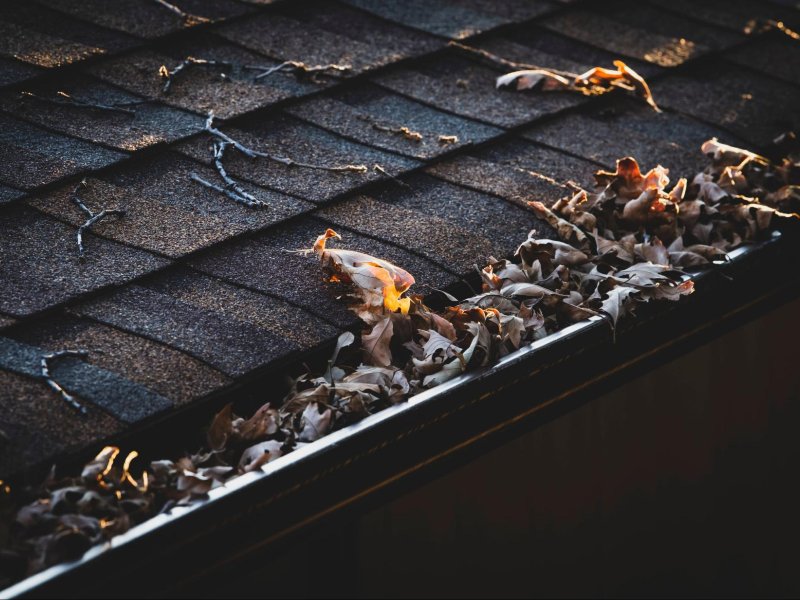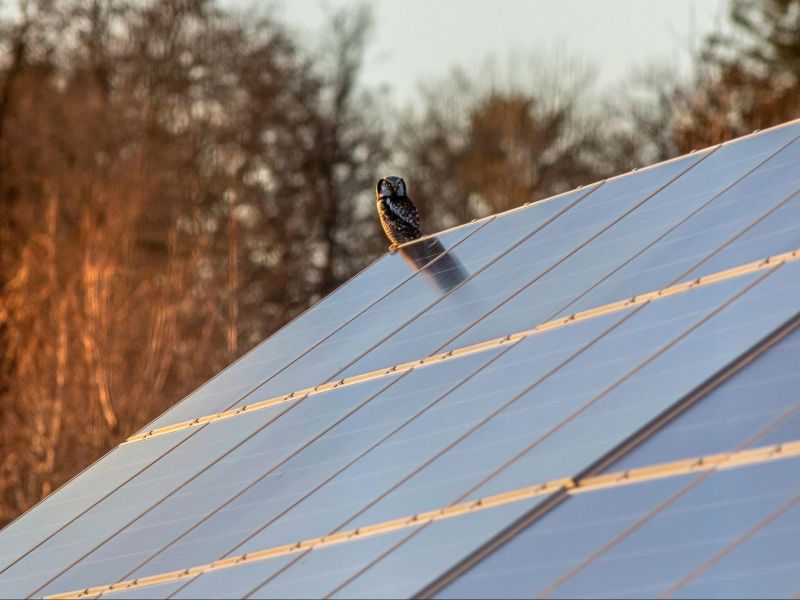Mold and mildew growth are common problems in both residential and commercial properties. They not only compromise the aesthetic appeal of the surfaces but also pose health risks to occupants. Traditional pressure washing methods may seem like a quick fix, but they can cause damage to delicate surfaces and fail to address the root cause of mold and mildew growth. However, there is a safe and effective alternative called soft washing, which offers a gentle yet thorough solution for mold and mildew removal. In this article, we will explore the concept of soft washing, its benefits, and why it is the preferred method for tackling mold and mildew.
Understanding Soft Washing
Soft washing is a cleaning technique that utilizes low-pressure water combined with specialized cleaning solutions to remove dirt, grime, mold, mildew, and other contaminants from surfaces. Unlike traditional pressure washing, which relies on high-pressure water to blast away dirt, soft washing involves a gentler approach that is safe for a variety of surfaces, including siding, roofs, decks, fences, and more.
The Soft Washing Process
Soft washing involves several key steps to ensure thorough and effective mold and mildew removal. Let’s take a closer look at the process:
- Inspection and Evaluation: A professional soft washing service begins with a thorough inspection of the property. The experts assess the extent of mold and mildew growth, identify vulnerable areas, and determine the appropriate cleaning solutions and equipment required.
- Cleaning Solutions: Soft washing relies on specialized cleaning solutions that are specifically designed to eliminate mold, mildew, algae, and other contaminants. These solutions are eco-friendly, biodegradable, and safe for both the surfaces being cleaned and the surrounding environment.
- Application of Cleaning Solutions: The cleaning solution is evenly applied to the affected surfaces using low-pressure spraying equipment. This ensures complete coverage and allows the solution to penetrate deep into the pores, effectively killing mold and mildew at their source.
- Dwell Time: To achieve optimal results, the cleaning solution is left to dwell on the surfaces for a specified period. This allows the solution to break down the mold and mildew, loosening their grip on the surface.
- Low-Pressure Rinse: After the appropriate dwell time, the surfaces are rinsed with low-pressure water, effectively removing the dead mold, mildew, and cleaning solution residue. The low-pressure rinse ensures that delicate surfaces are not damaged or dislodged during the cleaning process.
Benefits of Soft Washing
Soft washing offers numerous benefits over traditional pressure washing when it comes to mold and mildew removal. Some of the key advantages include:
- Safety: Soft washing is a safe method for cleaning delicate surfaces, such as roofs, siding, and painted surfaces. The low-pressure water and specialized cleaning solutions prevent damage, preserving the integrity of the surfaces.
- Long-lasting Results: Unlike pressure washing, which may only provide temporary relief, soft washing kills mold and mildew at their roots. This ensures longer-lasting results, reducing the need for frequent cleaning and maintenance.
- Preventative Approach: Soft washing not only eliminates existing mold and mildew but also helps prevent future growth. The cleaning solutions used in soft washing have anti-fungal properties that inhibit the regrowth of mold and mildew, providing ongoing protection for your property.
- Environmental Friendliness: Soft washing employs environmentally friendly cleaning solutions that are biodegradable and pose no harm to plants, pets, or humans. This makes it a sustainable and responsible choice for mold and mildew removal.
- Comprehensive Cleaning: Soft washing does more than just remove mold and mildew. It also eliminates dirt, algae, pollen, and other contaminants, leaving your surfaces clean, fresh, and restored to their original appearance.







